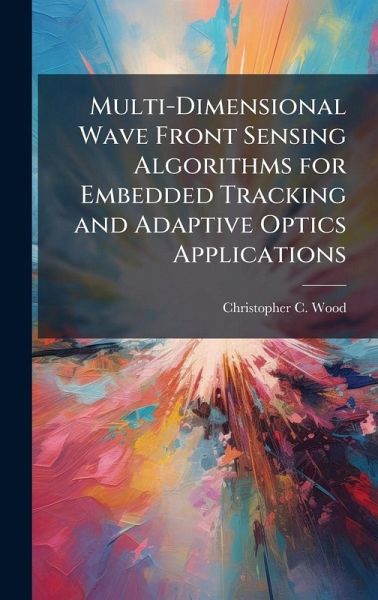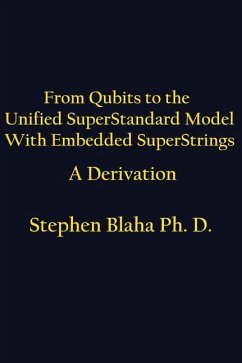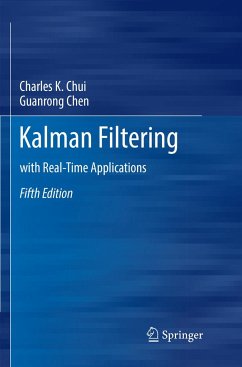
Multi-Dimensional Wave Front Sensing Algorithms for Embedded Tracking and Adaptive Optics Applications
Versandkostenfrei!
Versandfertig in über 4 Wochen
30,99 €
inkl. MwSt.
Weitere Ausgaben:

PAYBACK Punkte
15 °P sammeln!
Current tracking and adaptive optics techniques cannot compensate for fastmoving extended objects, which is important for ground-based telescopes providing space situational awareness. To fill this need, a vector-projection maximum-likelihood wave-front sensing algorithm development and testing follows for this application. A derivation and simplification of the Cramer-Rao Lower Bound for wave-front sensing using a laser guide star bounds the performance of these systems and guides implementation of a vastly optimized maximum-likelihood search algorithm. A complete analysis of the bias, mean s...
Current tracking and adaptive optics techniques cannot compensate for fastmoving extended objects, which is important for ground-based telescopes providing space situational awareness. To fill this need, a vector-projection maximum-likelihood wave-front sensing algorithm development and testing follows for this application. A derivation and simplification of the Cramer-Rao Lower Bound for wave-front sensing using a laser guide star bounds the performance of these systems and guides implementation of a vastly optimized maximum-likelihood search algorithm. A complete analysis of the bias, mean square error, and variance of the algorithm demonstrates exceptional performance of the new sensor. A proof of concept implementation shows feasibility of deployment in modern adaptive optics systems. The vector-projection maximum-likelihood sensor satisfies the need for tracking and wave-front sensing of extended objects using current adaptive optics hardware designs. This work has been selected by scholars as being culturally important, and is part of the knowledge base of civilization as we know it. This work was reproduced from the original artifact, and remains as true to the original work as possible. Therefore, you will see the original copyright references, library stamps (as most of these works have been housed in our most important libraries around the world), and other notations in the work. This work is in the public domain in the United States of America, and possibly other nations. Within the United States, you may freely copy and distribute this work, as no entity (individual or corporate) has a copyright on the body of the work. As a reproduction of a historical artifact, this work may contain missing or blurred pages, poor pictures, errant marks, etc. Scholars believe, and we concur, that this work is important enough to be preserved, reproduced, and made generally available to the public. We appreciate your support of the preservation process, and thank you for being an important part of keeping this knowledge alive and relevant.












